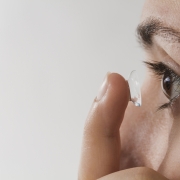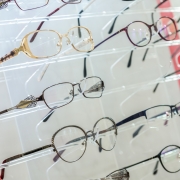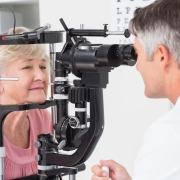How Can I Know If I Have Cataracts?
Cataracts sound scary, but they don’t have to be. Knowing the signs that you have cataracts can help you determine when it’s time to see an eye doctor. Getting treatment early is important for your vision and safety. The good news is that cataracts are treatable, provided that you see your eye doctor in Champaign IL.
What Are Cataracts
A cataract is just a cloudy lens that gets in the way of clear vision. As the cataract grows, the cloudiness becomes worse. Cataracts don’t necessarily develop together or in perfect symmetry with each other – one eye may have a more severe cataract than the other. To manage this, your doctor may prescribe corrective lenses that treat each eye differently.
Signs of Cataracts
Below are some of the most common signs of cataracts:
- Cloudy vision
- Double vision
- Blurry vision
- Noticing halos around lights
- Need for increasingly bright light when reading
- Colors getting faded or yellowed
- Need for increasingly strong prescription in corrective lenses
What to Do If You Think You Have Cataracts
If you think you have cataracts, the first thing that you should do is contact your eye doctor for cataract services in Champaign IL. Your eye doctor can diagnose your condition and let you know if you have cataracts.
If you do have cataracts, your eye doctor will likely start by prescribing stronger corrective lenses to help with your problem. As the cataracts continue to progress, your eye doctor may eventually recommend corrective surgery to fix the problem.
For more information about how to manage cataracts and other common eye problems, contact Champaign Eye Professionals. We can diagnose your condition and recommend treatments to help improve your vision.








